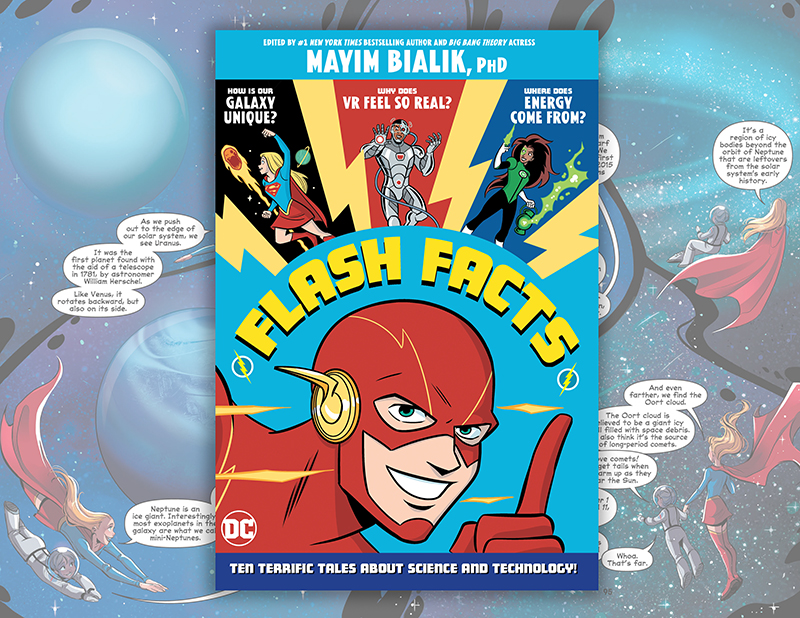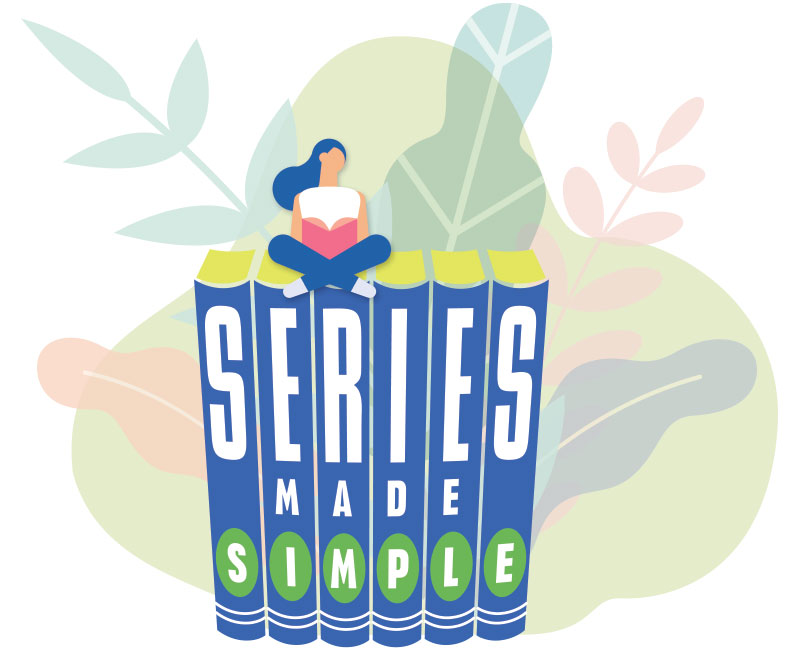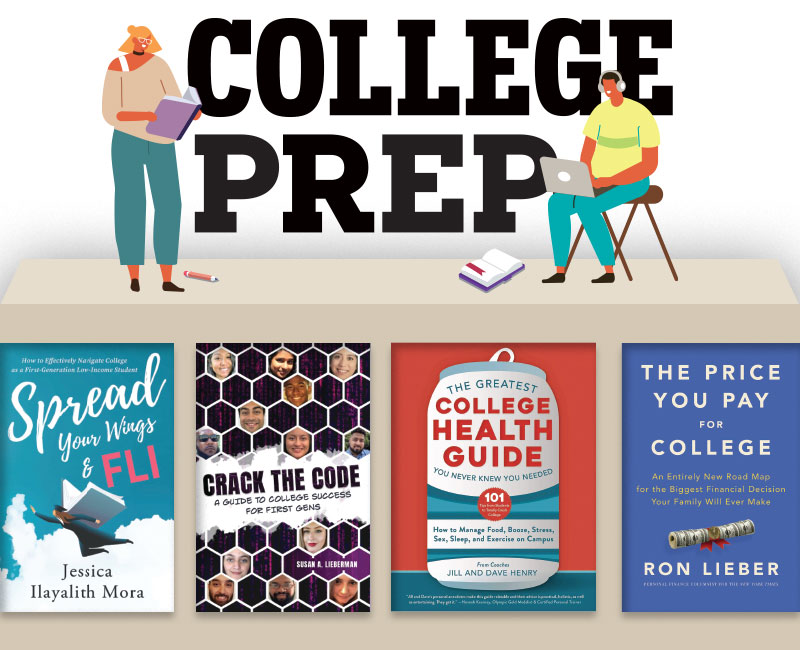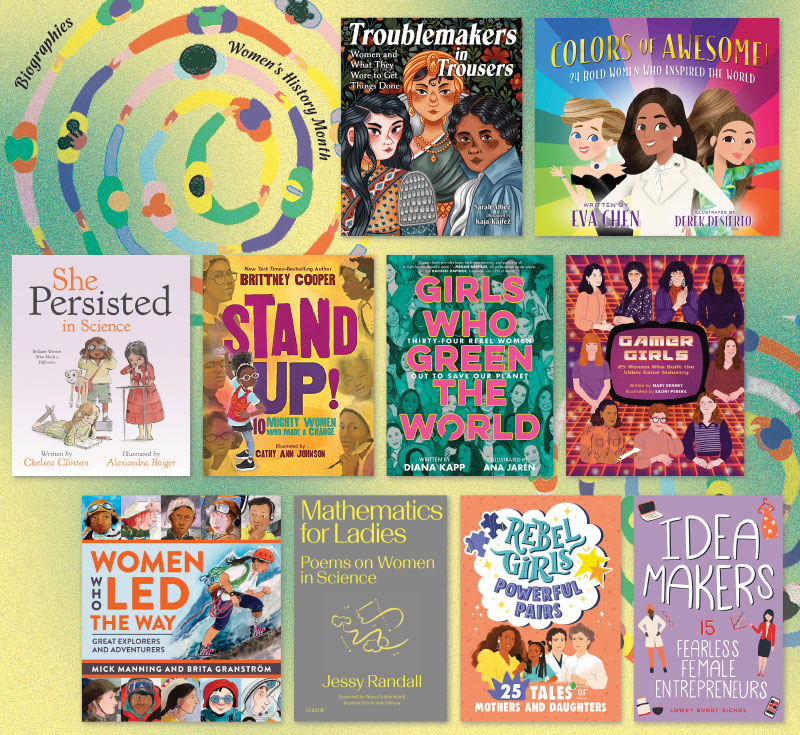Elevating Procedural Writing and the Creative Spirit in How to Make a Bird

How to Make a Bird
Written by Meg McKinlay; Illustrated by Matt Ottley
Published by Candlewick Press, 2021
ISBN #978-1-5362-1526-7
Grades K and up
Book Review
“To make a bird, . . . you will need a lot of very tiny bones.” That statement may seem self-evident and factual, but in Meg McKinlay’s reflective picturebook, How to Make a Bird, what becomes apparent is that the act of creating is much more than a practical process. Written in a gentle, lyrical second-person voice, McKinlay imbues each step with a sense of wonder and magic: “And they will be hollow, these hundreds of bones–so light that when they rest in your palm, you will hardly feel them. These are what will float on air.” It turns out that making a bird, or making anything one cares about, takes more than concrete materials and procedural directions. Though McKinlay doesn’t spell out what that something more is, readers will sense that anyone who designs and builds something meaningful pours part of their heart and being into it. And when our creations take on a literal or metaphorical life of their own, we know they take part of us with them, as we feel our “slowly beating heart fill with a kind of sadness, a kind of happiness.” Matt Ottley’s subdued, naturalistic illustrations emphasize the connection between the physical and the profound, showing a child gathering shells, feathers, rocks, and other items along a sweeping seashore. This inspirational, contemplative, and beautiful book is perfect for various content areas and curricular units that spotlight composing and designing, as well as social-emotional learning about our connection to the material world around us. Speaking not just to the creative spirit, but also the heart and soul within all of us, How to Make a Bird is a manual for infusing that part of us that makes something truly spectacular.
Meg McKinlay’s introduction to How to Make a Bird
Teaching Ideas and Invitations
Note to our Readers: These ideas are not meant to be prescriptive. Choose one. Choose more. It’s up to you. Some ideas are bigger and will take a number of days to complete. Some are shorter. You can also choose to complete one part of a teaching idea, but not the whole thing. It’s up to you!
ADVERTISEMENT
ADVERTISEMENT
Narrating through Second Person Point-of-View. How to Make a Bird directly addresses the reader through the use of second-person point-of-view narration. Second person is the least common perspective used to narrate texts, but it is often the most captivating for children. Have students try writing a story or revising an already written one using the second person point of view. Make sure to discuss with them why an author might want to use the second person point of view and what effects it has on audiences. Share other texts written in the second person to deepen their understanding of this literary element, such as Locomotive, by Brian Floca; Press Here, by Herve Tullet; the If You Give series by Laura Numeroff; Choose Your Own Adventure Books; or excerpts from Rebecca Stead’s Goodbye, Stranger; Kate DiCamillo’s The Tale of Desperaux, and Lemony Snickett’s A Series of Unfortunate Events.
Birdmaking as a Metaphor for the Creative Process. The act of creating something and giving it life is a common motif in children’s literature. To this end, making a bird represents not just the process of creating, but the ways in which those who make and create put their heart and soul into that process. Gather a text set of books that explore the creative process through a metaphor, such as Dreaming Up: A Celebration of Building, by Christy Hale; Lines, by Suzy Lee; The Most Magnificent Thing, by Ashley Spires; and the The Dot, Sky Color, and Ish, all by Peter H. Reynolds. Compare and contrast the themes about creating that are conveyed across the books. Then, share information from the Resources Notes that Meg McKinlay and Matt Ottley have compiled about their process of making How to Make a Bird. Finally, have students research the creative processes of some of their favorite artists, designers, and inventors. Compare and contrast what each says about the creative process, and then have your students try out some of the strategies they describe when attempting their next piece of creative writing or artwork.
Making Birds. Matt Ottley’s illustrations suggest that the child in the text makes a bird out of the objects around her. You might want to use this book to introduce a STEAM unit or lesson on making birds out of actual everyday materials. Share some examples of how students might do this, such as creating origami birds with paper or building a bird sculpture with found objects. You might even have them try to design a bird online via Project Beak’s Build a Bird interactive website. Turn your classroom into an aviary for the day, and invite families and the school community in to hear students describe their birds and explain their process of making them.
The Magic in Making. As How to Make a Bird explains, sometimes an extra special something is needed to make a creation transform from a physical object to something extraordinary. This idea that “there is more to a bird than these things you have given it” is a theme that has long run through children’s literature and appears in some popular tales, such as The Adventures of Pinocchio and The Wizard of Oz. Share these tales and other children’s literature examples with students if they’re not already familiar with them. Have students compare and contrast what that “extra special something” is in each tale that made each creation more than the sum of its parts.
Grades 3 and up
Tone and Mood in Procedural Writing. At first glance, How to Make a Bird is an example of procedural, or “how-to” writing, in which the author aims to explain the steps involved in a particular process. While most of the procedural writing students may already be familiar with is matter-of-fact, what makes this text speak to readers on multiple levels is how the language and illustration attend to tone to evoke a particular mood in readers (remember that the mood of a story is the atmospheric and emotional impact it has on readers, while tone is the author’s/illustrator’s outlook and attitude on the topic). How might the mood of this “how-to” text be changed if McKinlay had used different words or Ottley used different elements in his pictures? Have students write a procedural piece using a specific tone to evoke a certain mood—or have them revisit a piece they have already begun and revise it to really emphasize the mood they want their audience to feel.
Complex Emotions. At the end of the book (and the end of the creative process), McKinlay acknowledges that it’s perfectly common to have mixed feelings “[a]nd feel your slowly beating heart fill with a kind of sadness, a kind of happiness.” Often, children in schools are taught about feeling single emotions, but in reality, they may have felt a complex mix of emotions at the same time. Engage students in a discussion about times when they might have felt different emotions all at once. When did those times happen? What were the emotions they felt? How did they express those feelings? How did they deal with them? You may want to partner with your school’s guidance counselor or psychologist to explore this topic and help students realize that it’s okay and that everyone experiences these moments of complex emotions.
Further Explorations
Online Resources
Meg McKinlay’s website
Matt Ottley’s website
Meg McKinlay’s and Matt Ottley’s Resource Notes about their creative process
https://megmckinlay.files.wordpress.com/2021/04/resourcenotes_howtomakeabird_download.pdf
Origami Birds
Build a Bird Activity – Natural History Museum at South Kensington, UK
Build a Bird Activity – California Academy of Sciences
Project Beak – Build a Bird
https://projectbeak.org/adaptations/build.htm
Basic and Complex Emotions
https://www.psychologytoday.com/us/blog/the-superhuman-mind/201806/basic-and-complex-emotions
Books
Floca, B. (2013). Locomotive. New York: Atheneum.
Hale, C. (2012). Dreaming up: A celebration of building. Lee & Low.
Lee, S. (2017). Lines. Chronicle Books.
Reynolds, P. (2003). The dot. Somerville, MA: Candlewick.
Reynolds, P. (2004). Ish. Somerville, MA: Candlewick.
Reynolds, P. H. (2012). Sky color. Somerville, MA: Candlewick Press.
Stead, R. 2015. Goodbye stranger. Random House.
Spires, A. (2014). The most magnificent thing. Toronto, ONT: Kids Can Press.
Tullet, H. (2011). Press here. Trans. by. C. Franceschelli. Chronicle Books.
Filed under: Book Reviews, Nonfiction Picture Books, Picture Books
About Grace Enriquez
Grace is an associate professor of language and literacy at Lesley University. A former English Language Arts teacher, reading specialist, and literacy consultant, she teaches and writes about children’s literature, critical literacies, and literacies and embodiment. Grace is co-author of The Reading Turn-Around and co-editor of Literacies, Learning, and the Body.
ADVERTISEMENT
ADVERTISEMENT
SLJ Blog Network
Name That LEGO Book Cover! (#53)
Cover Reveal and Q&A: The One and Only Googoosh with Azadeh Westergaard
K is in Trouble | Review
Fighting Public School Book Bans with the Civil Rights Act
ADVERTISEMENT







